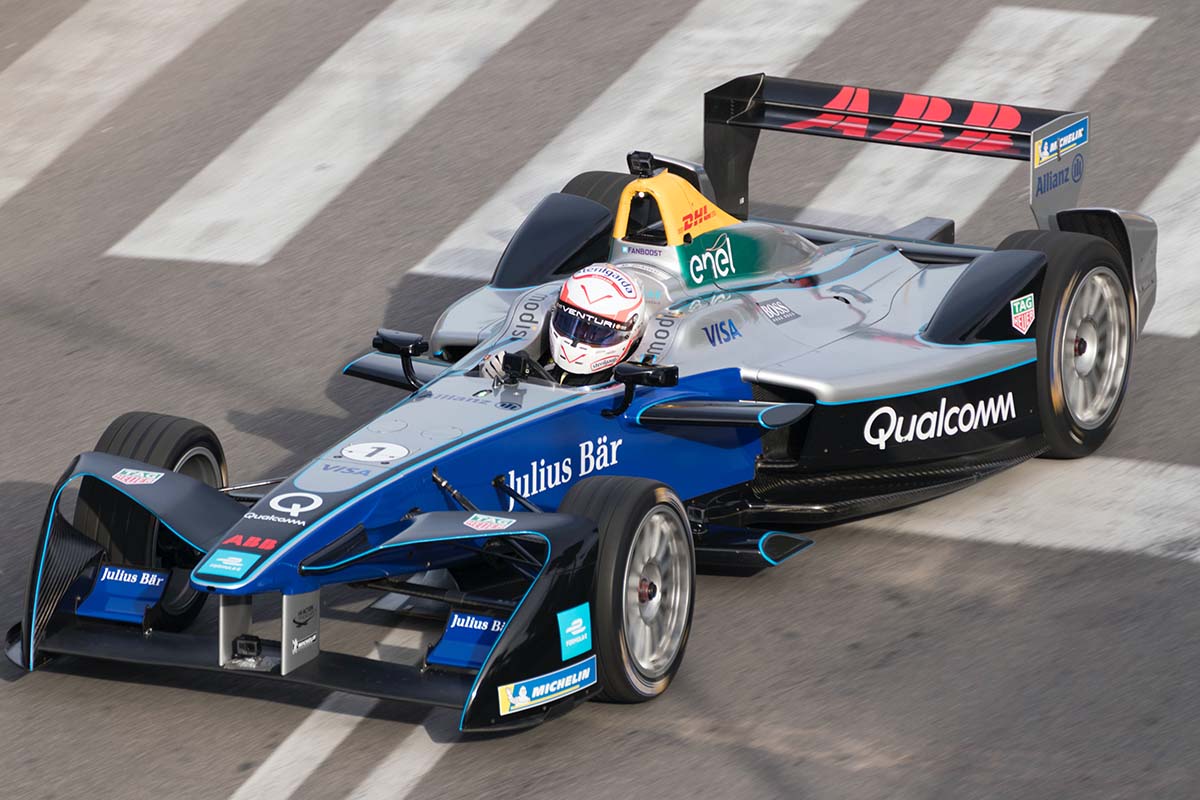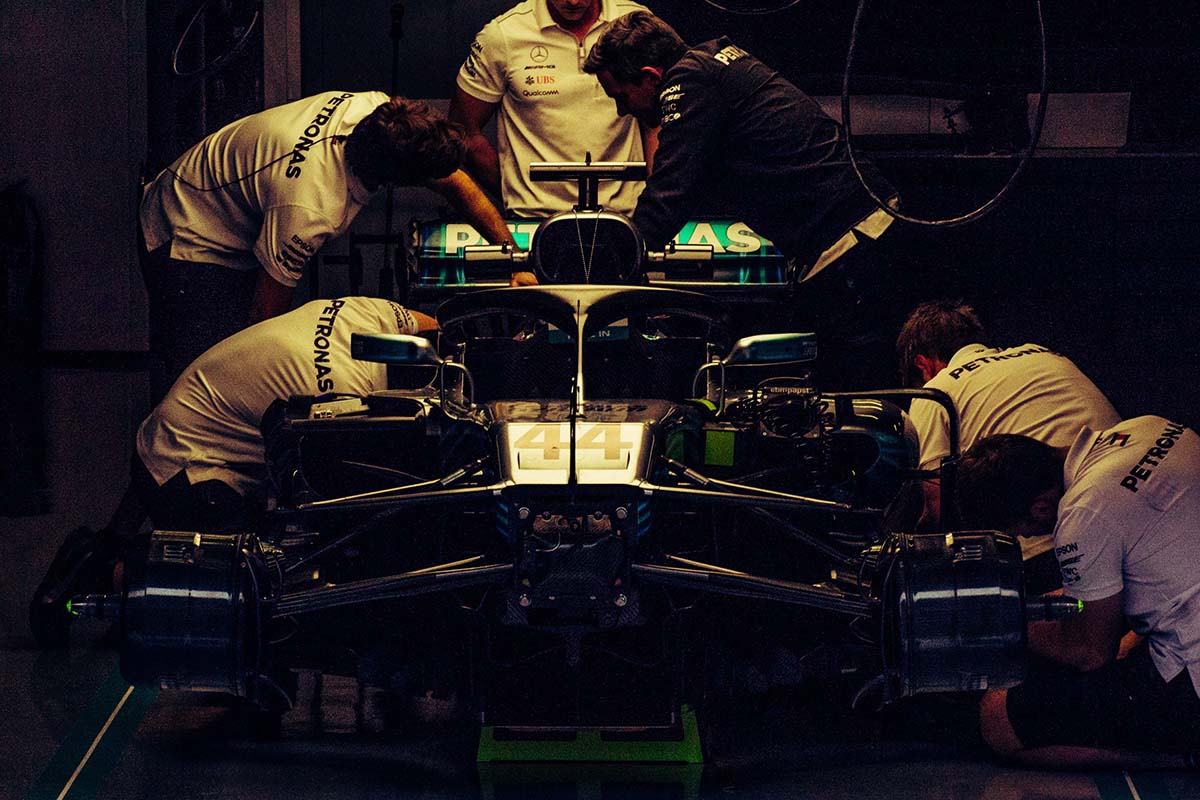Most professional sports are no strangers to technology. Tech is used in almost every discipline, from Aussie rules to zorb football, to varying degrees. For a start, any game, match, or race broadcast on television uses various technologies to capture, package, and transmit the action from the venue and then display it on your TV, computer, or smartphone at home.
Of course, it’s not just television that requires technology. In major sports, modern equipment is used for all sorts of purposes. Unique cameras are used to follow the paths of players and balls to check whether a goal was scored, or a foul was committed.
Technology can also help fans. At the 2022 FIFA World Cup in Qatar, the stadiums were fitted with innovative outdoor air conditioning systems to keep everyone inside the stadium more comfortable under the desert heat.
Another technology was used to make the construction of the stadiums more sustainable, such as making features temporary so they can be removed and rebuilt in other areas and using renewable energies like solar to power the facilities.
In almost all sports, technology is used to help fans who want to place bets on games. As bookies compete to capture more market share, many use free bets as a way of attracting new customers.
Comparison sites like OddsChecker use technology to capture and amalgamate this offer information to help punters find the best deals. They then use similar tech to track and compare the odds for almost every imaginable market so they know which bookie is offering the best value.
But while all sports use technology in some way, which ones embrace it the most?
Most High-Tech Sport: Formula 1
Formula 1 is often regarded as the ‘pinnacle of motorsport’ because technical innovation is emphasized. While many sports heavily restrict what teams can do to their cars or even make them use standard parts, F1 has a long history of promoting and facilitating everything from cutting-edge technology to crackpot ideas, all in the pursuit of fractions of a second in improved lap times.
Even the crackpot ideas are often based on technology. For example, the Tyrrell P34 was a car that had six wheels, using clever mechanical engineering that allowed the driver to turn two axles at once. Similarly, the bizarre appendages that cars have grown over the years, such as the X-Wings from 1997, were wacky implementations of aerodynamic technology.
Today, Formula 1 cars are fitted with advanced energy recovery systems that capture and recycle energy that would otherwise be lost by the turbo and the brakes, storing it in a battery to be reused to improve acceleration.
The sport also uses high-tech wearable technologies in a driver’s ear and gloves to monitor their vital signs and other essential information should they be involved in an accident. Broadcast cameras, meanwhile, use augmented reality to display ads and information about the race on the track and the cars like in a racing game.
Formula E
Formula E is another high-tech sport. It’s similar to Formula 1 in many ways, though it has not had the decades-long innovation history that F1 does. It has, however, crammed a lot into its nine-year account.
Apart from being all-electric, Formula E cars also use innovative energy recovery systems to improve sustainability and complex safety devices to improve driver protection. The sport also uses special tires that can provide high levels of grip in the dry, similar to a slick tire used in Formula 1, but which can also handle wet weather, improving safety and reducing the sport’s carbon footprint.
Hockey
You may not consider hockey to be an overly high-tech sport, but that is far from the truth. Embracing new technologies has been at the heart of hockey for most of its history – how else would it have been able to host games indoors for so many years?
But the sport’s use of technology goes far beyond innovative services of the refrigeration cycle. In the 1990s, the NHL and Fox Sports pioneered a particular hockey puck that combined multiple sensors and tracking equipment with augmented reality.
It displayed a glowing orb around the puck on television broadcasts to make it easier to see on the smaller screens of the day. It also provided additional information as it would change color and develop a trail when traveling at a certain speed, helping to convey this to the audience.
FoxTrax, as it was known, was phased out after a few years, but hockey has maintained this spirit of innovation and has recently installed a 21st-century system to take this idea to a new level.





















